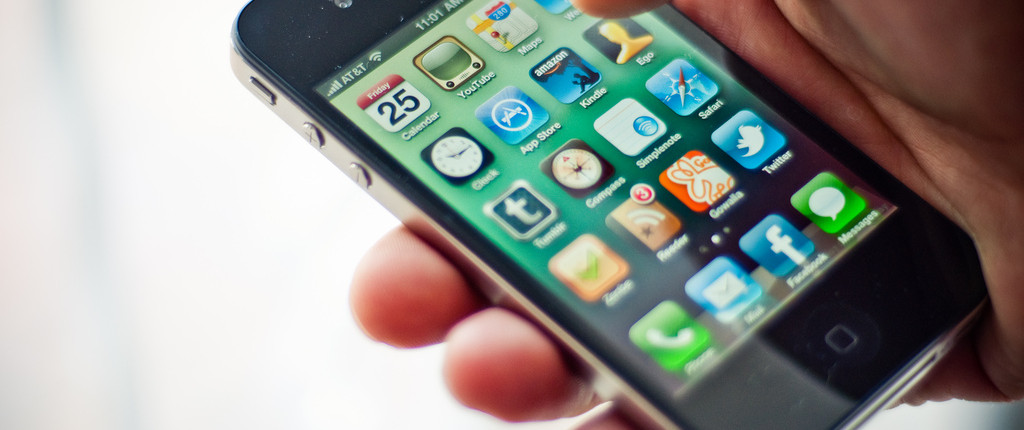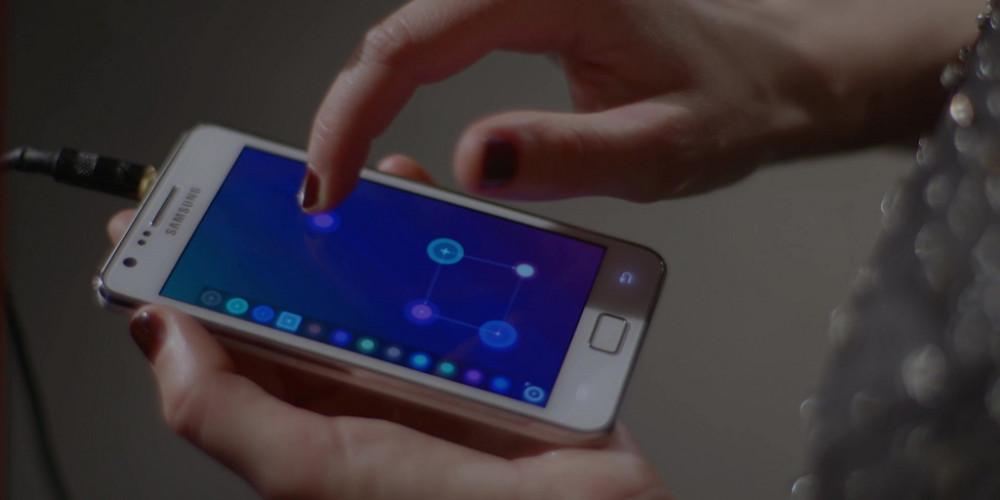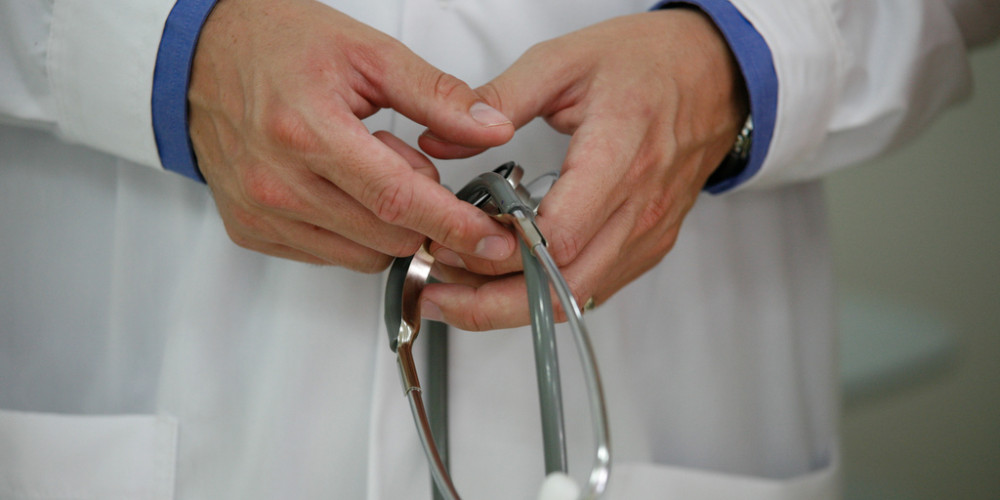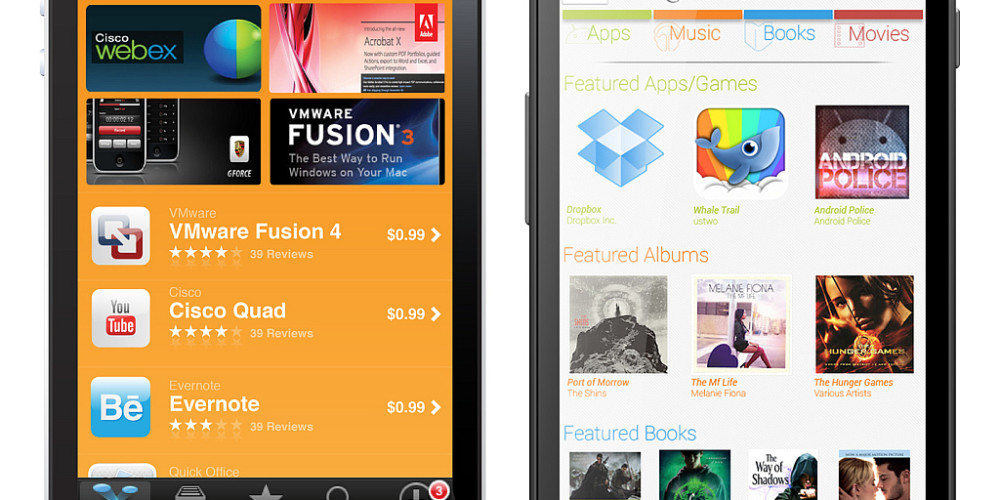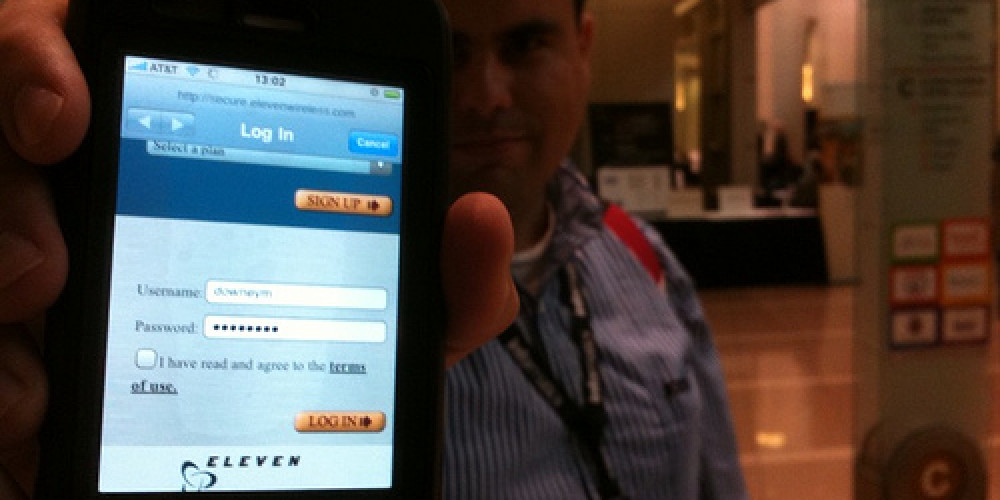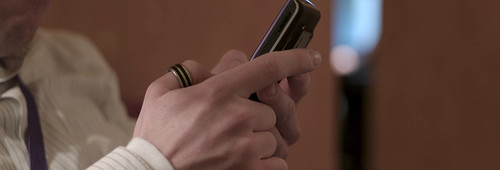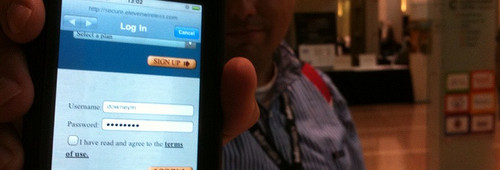Everywhere you look, there’s lots of buzz in health care about patient engagement and the promise of mobile health.
At HIMSS 2013, tablets and smartphones were found in abundance. Eric Wicklund noted on his HIMSS blog, “and it’s a significant stepping stone to the future of healthcare delivery. It can and will enable the healthcare provider to push away from the limited confines of the examination room and develop a practice with more potential, not to mention better outcomes.” There is no doubt that Mobile technology will change how heath care providers deliver service, but are mobile health applications truly a revolution? Certainly mobile devices and apps make it easier for health care clinicians to access Electronic health Records at the point of health care delivery.
In addition, mobile devices hold lots of promise in achieving Stage 3 Meaningful Use Patient Engagement. While the final rules for Stage 3 aren’t expected to be finalized until early 2014, and Stage 3 implementation is scheduled to begin in 2016, the simplicity of mHealth solutions are expected to ultimately play a key role in achieving patient engagement standards of care.
Obviously, the mobile health apps and solutions must connect with health care data simply and easily for patients to engage. Easy to use and understand connections between the health care systems and the mobile devices is a must to truly accomplish patient engagement. Confused, frustrated patients will not engage.
Does mHealth hold the key to changing health behaviors? Are patients who engage and proactively manage their health care more likely to live healthier lives? The early studies of patients who use mHealth points towards doing a better job of managing personal health. The opportunity for health care providers to engage with timely, targeted interventions using mobile communication devices indicates a large upside for patient engagement.
One common theme among the three articles cited above for mHealth to be the killer patient engagement app is to make it plug and play simple and easy to use.
The big question is…
How does this happen? How do Mobile Health firms deliver plug and play simple?
In addition to the technology, it requires listening to real human stories, one on one patient-doctor connections.
It takes finding out and learning what both doctors and patients really want. It requires an open mind, with a willingness to iterate assumptions and thinking of what you think will work and what doctors and patients want.
A “killer” app?
Perhaps it’s killer technology that allows the doctor to listen better, tell a better story of healing to the patient, and influence the patient’s hope and belief, leading to changed health behaviors.
Adding technology and digital communication to the patient experience doesn’t reduce the need for the personal touch. It enhances and fosters a more meaningful personal touch. When that happens, that’s a LIFE-SAVING app.
photo credit: Jorge Quinteros via photopin cc
